Which of These are Symptoms of an Anxiety Disorder Apex: Key Indicators
Symptoms of an anxiety disorder include excessive worry, restlessness, and difficulty concentrating. Physical signs can involve rapid heartbeat and sweating.
Anxiety disorders encompass various conditions where individuals experience pervasive and chronic worry that disrupts daily activities. These symptoms often trigger avoidance behaviors, aiming to reduce the anxiety associated with specific situations or thoughts. People may struggle with insomnia, muscle tension, and irritability, reflecting the physiological impact of long-term stress.
It’s crucial to recognize these signs early, as effective treatments such as therapy and medication can significantly improve quality of life. Understanding anxiety symptoms empowers individuals to seek help and supports the development of effective coping strategies. Accurate knowledge of these symptoms also aids in reducing the stigma attached to mental health disorders, fostering a more empathetic environment for those affected.
Understanding Anxiety Disorders
Anxiety serves as a natural response to stress, acting as a warning system that alerts us to danger. However, when this response becomes excessive or chronic, it can manifest as an anxiety disorder. These disorders can greatly impact one’s quality of life, making it essential to distinguish between everyday anxiety and an anxiety disorder. Recognizing the symptoms is the first step towards finding the right treatment and restoring balance.
Differentiating Normal Anxiety From Disorder
Anxiety presents itself in many forms, ranging from the mild nervousness felt before an important event to debilitating worry that hinders daily activities. How do we differentiate between a normal level of anxiety and one that might indicate a disorder? It’s all about the intensity, duration, and impact.
- Intensity: The feeling of anxiety is far more intense in a disorder.
- Duration: Anxiety related to a disorder persists for an extended period, often without a clear cause.
- Impact on Life: When anxiety interferes with work, relationships, and personal goals, it may suggest a disorder.
Understanding these distinctions is crucial in seeking help and should not be overlooked. Professional diagnosis is often required to confirm the presence of an anxiety disorder and to rule out other potential causes.
Recognizing Symptoms Of An Anxiety Disorder
People often wonder, “Which of these are symptoms of an anxiety disorder?” Recognizing these symptoms can lead to an effective approach to management. Here is a brief overview:
| Symptom | Description |
|---|---|
| Persistent Worry | Excessive concern about various events, often feeling out of proportion to the actual risks. |
| Restlessness | A feeling of being “on-edge” or unable to relax, commonly present in those with anxiety disorders. |
| Physical Symptoms | Includes heart palpitations, muscle tension, headaches, and gastrointestinal issues. |
| Sleep Disturbances | Trouble initiating sleep, maintaining it, or experiencing restless and unsatisfactory rest. |
| Avoidance Behavior | Avoiding places, events, or people for fear of inducing anxiety. |
| Panic Attacks | Sudden and intense bouts of fear or discomfort, accompanied by a range of physical symptoms. |
Recognizing these symptoms is essential, and seeking help from a healthcare professional can lead to successful treatment strategies to manage anxiety disorders.
Symptoms Of Generalized Anxiety Disorder
Feeling anxious once in a while is a normal part of life, but for individuals with Generalized Anxiety Disorder (GAD), these feelings are more than temporary worry or fear. GAD is a chronic condition characterized by exaggerated worry and tension even when there is little or nothing to provoke it. Recognizing the symptoms is the first step toward getting help and managing this disorder effectively.
Excessive Worry
The cornerstone of GAD is excessive, ongoing worry and tension that is unfounded or much more severe than the normal anxiety people experience day to day. It’s the kind of worry that’s so intrusive it interferes with one’s ability to lead a normal life. For a diagnosis of GAD, this type of worry is persistent, often lasting for months or even longer, and can focus on anything from personal health to work, finances, or the well-being of family members.
Irrational Fears
Those with GAD may also experience irrational fears or excessive concerns about multiple situations or activities. These are fears that are not proportional to the actual risk or threat in the situation. The person is aware that their fears are irrational, yet they feel powerless to stop worrying. Even when aware of the irrationality of these fears, the dread of worst-case scenarios can be overwhelming and debilitating.
Restlessness
Physical symptoms often accompany the intense anxiety of GAD. Restlessness is one such symptom, where individuals might feel like they can’t relax, sit still, or are always “on edge.” This sensation can be profound and persistent, adversely affecting concentration and sleep patterns. It’s a pervasive sense of discomfort or agitation that can take a toll on mental and physical health over time.
While these are some of the common manifestations of Generalized Anxiety Disorder, it’s essential to consult with a healthcare professional for an accurate diagnosis and appropriate treatment. GAD is highly treatable, and with the right support, individuals can learn to manage their anxiety.
Symptoms Of Panic Disorder
Recognizing the symptoms of panic disorder can be the first step towards seeking help and getting treatment. Individuals who experience panic disorders often encounter sudden, overwhelming episodes of fear that can peak rapidly. This intense reaction can have both physical and emotional symptoms, which might lead to significant distress in daily life. Below, we’ve outlined some key symptoms that are frequently associated with panic disorder.
Sudden, Intense Fear
Panic disorders are typically marked by episodes of sudden, intense fear or discomfort that reach a peak within minutes. These episodes, known as panic attacks, can spring up without warning or can be triggered by specific stressors. It’s not uncommon for individuals to feel a persistent worry about when the next attack will happen, leading to continuous feelings of nervousness.
Heart Palpitations
One of the most noticeable physical symptoms during a panic attack are heart palpitations. These can be described as the heart pounding, fluttering, or beating irregularly and can be incredibly frightening. Palpitations can make individuals acutely aware of their heartbeats, sometimes leading to a fear of a more serious heart condition, although panic attacks are not directly harmful to the heart.
Shortness Of Breath
During a panic attack, many individuals experience shortness of breath or a sensation of being smothered. This can escalate to feelings of choking, which contributes to the panic cycle. Breathing exercises are often recommended to help manage this symptom during an attack, and learning these techniques can provide a sense of control and relief.
If you or someone you know is frequently experiencing these symptoms, it’s important to reach out to a healthcare professional for a proper diagnosis and treatment plan. Early intervention can help manage symptoms and improve the quality of life for those affected by panic disorder.
Symptoms Of Social Anxiety Disorder
Symptoms Of Obsessive-compulsive Disorder (ocd)
Symptoms of Obsessive-Compulsive Disorder (OCD) present in various forms, manifesting through persistent and intrusive thoughts, as well as repetitive behaviors that individuals feel compelled to perform. OCD is not merely about being overly organized or a perfectionist; it’s a serious anxiety disorder that can significantly disrupt a person’s daily life. Let’s delve into the specific symptoms that characterize OCD.
Obsessive Thoughts
Obsessive thoughts are intrusive and unwanted mental images or ideas that cause significant anxiety and distress. Individuals with OCD may recognize these thoughts as irrational, yet find them overwhelming and difficult to manage. Common themes include:
- Fear of contamination or dirt
- Experiencing concern or anxiety about potential harm to oneself or others.
- Persistent doubt
- Intense stress over order, symmetry, and precision
- Unwanted forbidden or taboo thoughts involving sex, religion, or harm
Compulsive Behaviors
Following obsessive thoughts are compulsive behaviors, which are repetitive acts that a person with OCD feels driven to perform. These behaviors are meant to reduce anxiety or prevent a feared event, although they are not realistically connected to them. Common compulsions include:
- Excessive cleaning or handwashing
- Organizing or arranging items in a specific manner
- Repeatedly checking on things (e.g., whether the door is locked or the stove is off)
- Compulsive counting
- Hording items with no apparent value
Interference With Daily Life
Interference with daily life is a crucial aspect of OCD. For those grappling with this disorder, the intensity of their obsessions and compulsions can significantly hinder their daily routine, responsibilities, and social interactions. Key indicators include:
| Area of Life | Type of Interference |
|---|---|
| Work | Decreased productivity, missed deadlines, inability to concentrate |
| School | Difficulty completing tasks, punctuality issues, impaired learning |
| Relationships | Strained personal relationships due to excessive demands or avoidance behaviors |
| Personal Care | Excessive time spent on rituals, neglecting self-care tasks |
| Leisure | Lack of enjoyment, avoidance of social activities |
In conclusion, OCD symptoms can envelop a person’s life, transforming their existence into a relentless cycle of obsessions and compulsions. Recognizing these symptoms is the first step towards seeking help and regaining control.
Symptoms Of Post-traumatic Stress Disorder (ptsd)
Living with Post-Traumatic Stress Disorder (PTSD) can feel like an ongoing battle. This mental health condition, typically triggered by a terrifying event, manifests through a variety of challenging and distressing symptoms. Understanding these symptoms is crucial for those affected by PTSD, as well as their loved ones, in fostering a supportive environment. We dive into some of the most common symptoms that signify the presence of PTSD.
Flashbacks
Flashbacks represent one of the most vivid and unsettling symptoms of PTSD. During a flashback, individuals may feel as though they are reliving the traumatic event. The sensory experience is so intense that they may temporarily lose touch with reality. The characteristics of flashbacks include:
- Recurrent memories of the event that feel uncontrollably intrusive.
- Experiencing the emotions and physical sensations of the trauma, such as heart palpitations or sweating.
Flashbacks may be triggered by seemingly innocuous cues in the environment or they can occur spontaneously, often causing significant distress.
Avoidance Of Triggers
Those grappling with PTSD might go to great lengths to avoid situations or reminders of the traumatizing event. This avoidance behavior manifests in distinct ways:
- Avoiding specific places, activities, or people that serve as reminders of the trauma.
- Staying away from conversations or media content related to the event.
- Suppressing or attempting to block out thoughts about the traumatic experience.
Avoidance provides a temporary escape but often comes with social isolation and a disrupted routine, further compounding the disorder.
Hyperarousal Symptoms
Hyperarousal symptoms refer to the persistent state of heightened vigilance and sensitivity to surrounding stimuli that individuals with PTSD may experience. Those suffering from hyperarousal often find themselves in a perpetual ‘fight or flight’ mode, resulting in:
- Difficulty sleeping, which may lead to exhaustion and impede daily functioning.
- Increase in irritability or anger, leading to potential conflicts in personal relationships.
- A tendency to be easily startled or to react disproportionately to mild surprises or disturbances.
- Experiencing a persistent sense of being tense or unable to unwind and relax.
This continuous state of alertness can be physically and emotionally draining, contributing to the debilitating nature of PTSD.
Frequently Asked Questions On Which Of These Are Symptoms Of An Anxiety Disorder Apex
What Are The Symptoms Of An Anxiety Disorder Apex?
Common symptoms of an anxiety disorder include excessive worry, restlessness, difficulty concentrating, irritability, muscle tension, and sleep disturbances.
Which Of These Are Symptoms Of An Anxiety Disorder?
Symptoms of an anxiety disorder include excessive worry, rapid heartbeat, sweating, restlessness, and difficulty concentrating. Avoiding social situations and panic attacks may also indicate anxiety disorders.
What Are 5 Symptoms Of Anxiety?
Five common symptoms of anxiety include excessive worrying, restlessness, rapid heartbeat, difficulty concentrating, and sleep disturbances.
Which Of The Following Symptoms May Be Characteristic Of A Person Suffering From An Anxiety Disorder?
Common symptoms of an anxiety disorder include excessive worrying, restlessness, fatigue, trouble concentrating, irritability, tense muscles, and sleep disturbances.
Conclusion
Recognizing anxiety disorder symptoms is a crucial step toward well-being. Identifying signs like insomnia, rapid heart rate, or uncontrollable worries can lead to timely help. Seek professional advice if these symptoms resonate. Remember, addressing anxiety is key to a healthier, more peaceful life.
Take that first step towards healing today.

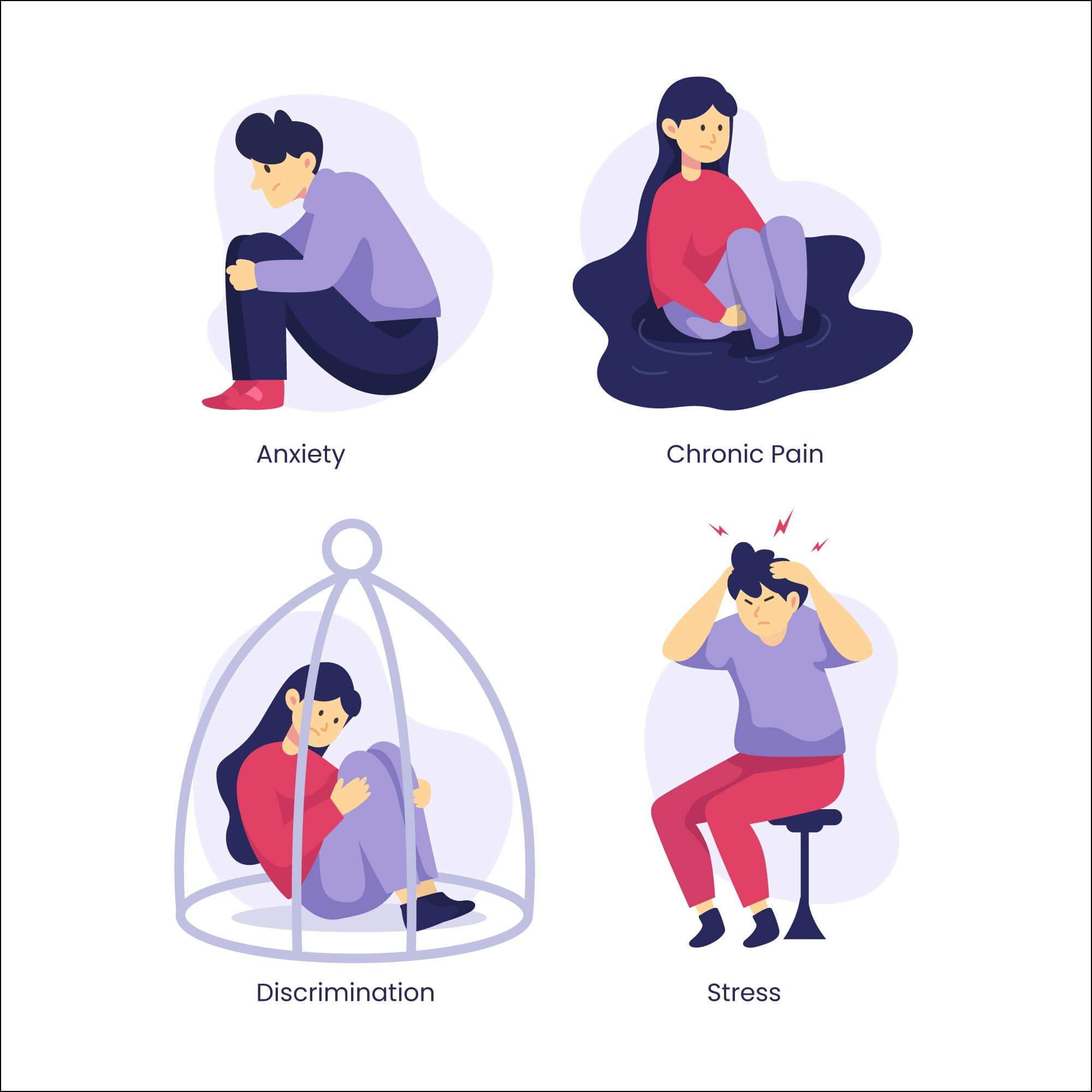

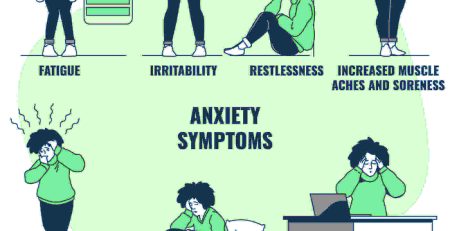


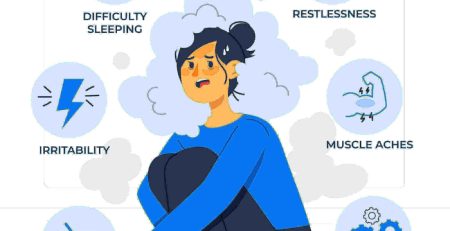
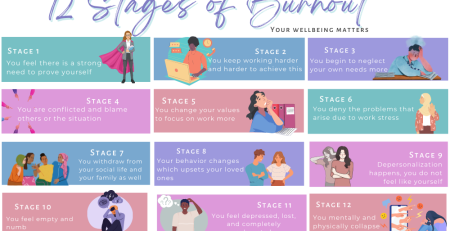
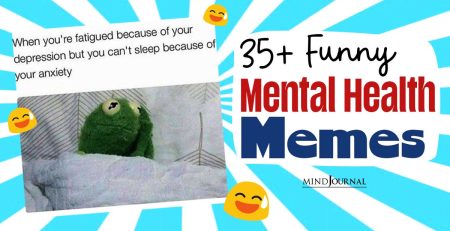


Leave a Reply